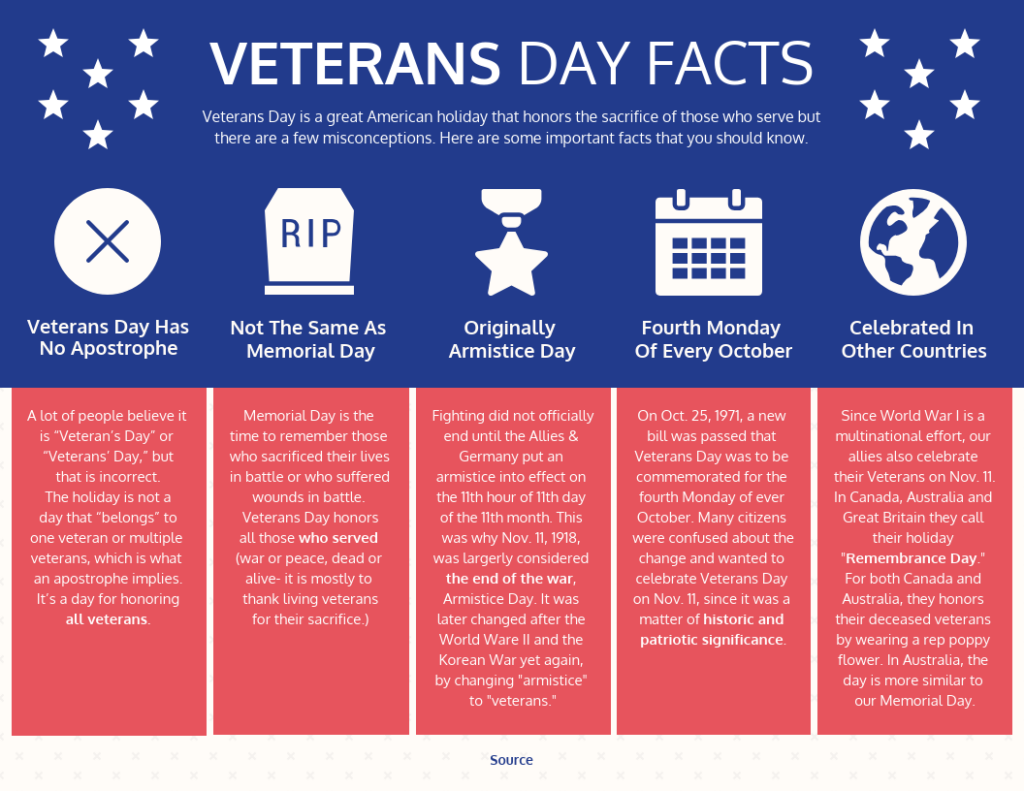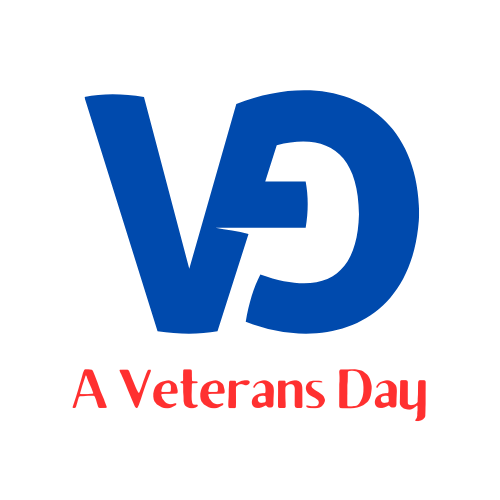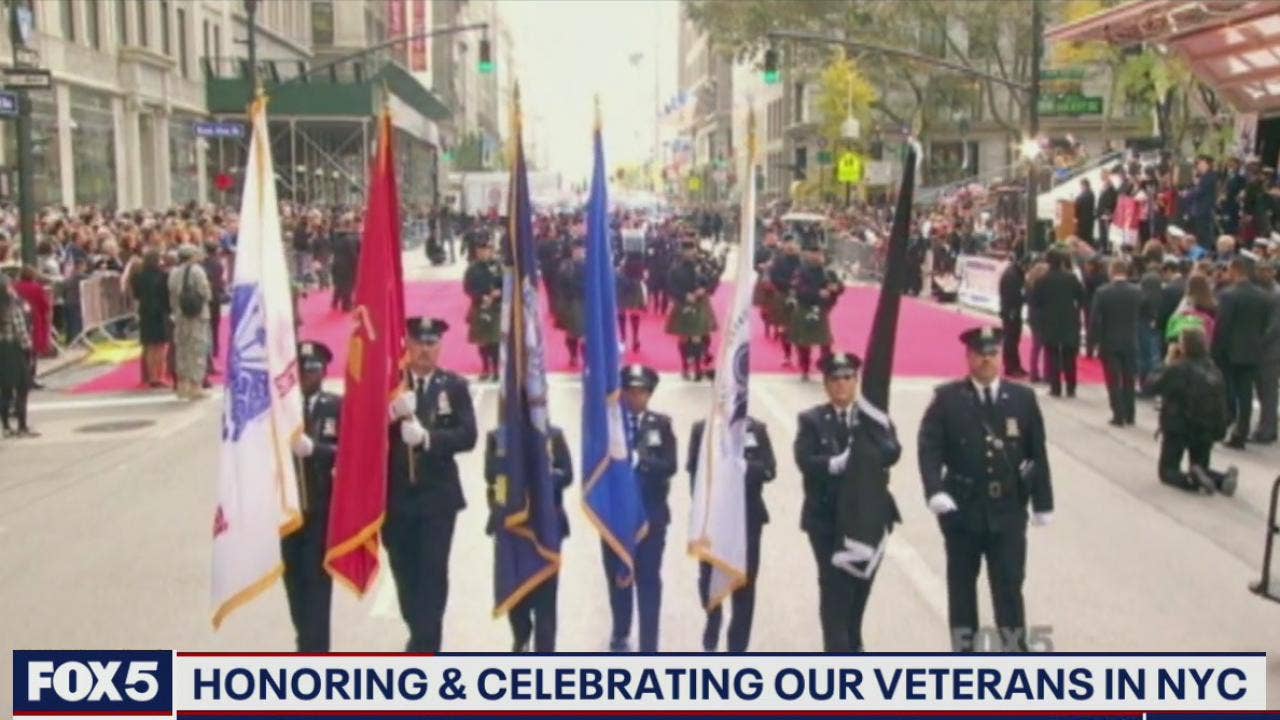On Veterans Day, we honor the brave men and women who have selflessly served our country. It is a day to reflect on their sacrifices and express our gratitude. In this article, we will explore some fascinating statistics that shed light on the incredible contributions and challenges faced by our veterans. These numbers offer a glimpse into the scale and impact of their service, reminding us of the importance of commemorating Veterans Day.

1. Veterans Population
1.1 Number of Veterans
The United States has a substantial population of veterans, with millions of individuals having served in the military over the years. As of 2021, there are approximately 18 million veterans in the country. This number includes both men and women who have served in various branches of the military.
1.2 Percentage of Veterans by Age
Veterans span across different age groups, reflecting the diverse history of military service in the United States. The age distribution of veterans is as follows:
- 18-34 years old: 16%
- 35-54 years old: 38%
- 55 years and older: 46%
The largest percentage of veterans falls into the 55 years and older category, which can be attributed to the veterans from past conflicts and wars.
1.3 Percentage of Veterans by Gender
Veterans include both male and female individuals who have served in the military. However, the gender distribution among veterans is not equal. Currently, male veterans make up the majority, accounting for around 91% of the total veteran population. Meanwhile, female veterans constitute approximately 9% of the veteran population.
1.4 Percentage of Veterans by Ethnicity
The veteran population in the United States is diverse and consists of individuals from various ethnic backgrounds. The percentages of veterans by ethnicity are as follows:
- White: 78%
- African American: 11%
- Hispanic: 6%
- Other: 5%
These statistics highlight the diversity within the veteran community, with a significant majority being white, followed by African American, Hispanic, and individuals from other ethnic backgrounds.
2. Employment
2.1 Unemployment Rate among Veterans
Employment opportunities for veterans have improved in recent years, but challenges still exist. As of the latest data, the unemployment rate among veterans stands at 5.8%, which is slightly higher than the overall national unemployment rate. However, this rate has been declining steadily in recent years, reflecting positive trends in veteran employment.
2.2 Industries Employing Veterans
Veterans bring valuable skills and experiences to the workforce, making them sought after in various industries. The top industries employing veterans include:
- Government and public administration
- Defense contracting and manufacturing
- Healthcare
- Information technology
- Transportation and logistics
These sectors actively recruit and value the expertise and dedication that veterans bring to their organizations.
2.3 Percentage of Homeless Veterans
Homelessness among veterans is a significant concern that requires attention and support. Currently, approximately 7% of the homeless population in the United States are veterans. Efforts to address this issue and provide housing assistance to homeless veterans are ongoing.
2.4 Veterans with Disabilities
Serving in the military can sometimes result in disabilities or injuries. It is estimated that around 25% of veterans have a service-connected disability. These disabilities can have a profound impact on veterans’ lives, including their employment prospects and overall well-being. Programs and initiatives exist to support veterans with disabilities and help them reintegrate into civilian life successfully.
3. Health and Well-being
3.1 Veterans Access to Healthcare Services
Access to healthcare services is crucial for veterans’ well-being. The Department of Veterans Affairs (VA) operates an extensive healthcare system specifically designed for veterans. As of 2021, approximately 9 million veterans are enrolled in VA healthcare, providing them with quality medical care.
3.2 Mental Health Issues Among Veterans
Veterans often face unique mental health challenges as a result of their service and exposure to combat situations. It is estimated that around 30% of veterans experience post-traumatic stress disorder (PTSD) during their lifetime. Other mental health issues, including depression, anxiety, and substance abuse, also affect a notable percentage of veterans. Ensuring accessible and effective mental health services for veterans is critical for their overall well-being.
3.3 Suicide Rate Among Veterans
Tragically, suicide rates among veterans remain a pressing concern. On average, 20 veterans die by suicide each day in the United States. This statistic highlights the urgent need for enhanced mental health support, early intervention, and suicide prevention efforts within the veteran community.
3.4 Veterans Substance Abuse
Substance abuse can be a significant challenge for veterans, often arising as a coping mechanism for physical or emotional pain. Approximately 10% of veterans struggle with substance abuse. Efforts are underway to ensure that veterans receive the necessary support and resources to address and overcome these issues.
4. Education
4.1 Percentage of Veterans with a College Degree
Education plays a vital role in veterans’ transition back to civilian life and their long-term success. Currently, approximately 28% of veterans hold a bachelor’s degree or higher, which is slightly higher than the percentage of the general population with similar educational attainment.
4.2 Educational Attainment Gap among Veterans
While many veterans have pursued higher education, there is still an educational attainment gap within the veteran population. Factors such as interrupted education due to military service or limited access to educational opportunities during service can contribute to this gap. Efforts to bridge this gap and support veterans in pursuing education are ongoing.
4.3 GI Bill Benefits Utilization
The GI Bill is a key educational benefit provided to veterans, offering financial assistance for higher education and vocational training. Utilization of GI Bill benefits varies among veterans, with some taking advantage of these opportunities to pursue college degrees, certifications, or trade programs. Promoting awareness and access to GI Bill benefits is essential to ensure veterans can make the most of these educational opportunities.

5. Income and Poverty
5.1 Median Income of Veterans
Veterans’ income levels vary, reflecting diverse factors such as education, employment status, and years of service. The median income of veterans in the United States is approximately $48,000 per year. However, it is important to note that income levels can vary significantly based on individual circumstances and factors beyond veteran status.
5.2 Poverty Rate among Veterans
Poverty remains an issue of concern within the veteran community. Currently, approximately 6% of veterans live below the poverty line, which is slightly lower than the national poverty rate. Efforts to alleviate poverty among veterans include employment support, access to education and vocational training, and targeted assistance programs.
5.3 Homeownership Rate among Veterans
Many veterans aspire to homeownership as part of their post-service goals. The homeownership rate among veterans is around 76%, which is higher than the general population’s homeownership rate. Programs and initiatives exist to support veterans in accessing affordable housing and achieving their homeownership dreams.
6. Homelessness
6.1 Number of Homeless Veterans
Homelessness among veterans remains a significant challenge that necessitates ongoing attention and support. As of the latest data, there are approximately 37,000 homeless veterans in the United States. This number represents a decline compared to previous years, showcasing the efforts made to combat veteran homelessness.
6.2 Causes of Veteran Homelessness
There are various causes of veteran homelessness, including:
- Lack of affordable housing
- Unemployment or underemployment
- Mental health issues
- Substance abuse problems
- Relationship breakdowns
- Insufficient support systems
Addressing these causes requires a comprehensive approach that includes affordable housing initiatives, employment assistance, mental health support, and specialized veteran homelessness programs.
6.3 Efforts to Combat Veteran Homelessness
Numerous organizations, government agencies, and community initiatives are dedicated to addressing veteran homelessness. Programs like the VA’s Homeless Veterans Outreach and Support, Housing and Urban Development-Veterans Affairs Supportive Housing (HUD-VASH), and local community outreach programs contribute to reducing veteran homelessness and providing supportive services to those in need.

7. Military Service Statistics
7.1 Branches of Service
The United States military consists of various branches, each contributing to the defense and security of the nation. The branches of service include:
- Army
- Navy
- Air Force
- Marine Corps
- Coast Guard
These branches have distinct roles, missions, and traditions, with personnel serving in each branch contributing to the overall strength of the military.
7.2 Years of Service
Service in the military can vary in terms of duration, with individuals serving for different lengths of time. The years of service statistics among veterans are as follows:
- Less than 1 year: 10%
- 1-4 years: 36%
- 5-14 years: 37%
- 15-24 years: 13%
- 25 years or more: 4%
These statistics reflect the various career lengths and commitment levels of veterans.
7.3 Deployment Statistics
Deployment refers to the military personnel’s assignment to foreign locations as part of their service duties. Deployment statistics among veterans are as follows:
- Deployed to combat zones: 44%
- Deployed to non-combat zones: 56%
These deployment statistics demonstrate the significant number of veterans who have served in combat zones, experiencing the challenges and sacrifices associated with such assignments.
7.4 Military Casualties
Military service can sometimes involve confronting dangerous situations and facing risks. The number of military casualties, including deaths and injuries, reflects the sacrifices made by veterans in defense of their country. Since 2001, over 7,000 US military personnel have lost their lives in action, and tens of thousands have been wounded or injured.
8. Women Veterans
8.1 Percentage of Women Veterans
Women have played an increasingly significant role in the military throughout history. Currently, approximately 9% of all veterans are women. This percentage has been steadily increasing, highlighting the increasing representation of women in the armed forces.
8.2 Employment and Income Disparities
Women veterans may face unique challenges in employment and income compared to their male counterparts. Factors such as gender bias, limited opportunities for advancement, and societal perceptions can contribute to employment and income disparities among women veterans. Efforts to address these disparities include promoting equal opportunities, improving awareness, and supporting women veterans in their career transitions.
8.3 Health Issues among Women Veterans
Women veterans may experience specific health issues related to their military service and gender. These can range from reproductive health concerns to mental health issues associated with military sexual trauma (MST). Ensuring comprehensive healthcare services tailored to the unique needs of women veterans is crucial in addressing their health and well-being.

9. Contributions and Recognition
9.1 Veterans Day Parade Attendance
Veterans Day, celebrated annually on November 11th, honors the service and sacrifices of all veterans. One of the ways communities recognize veterans is through parades and events. Attendance at veterans’ parades and celebrations varies across the country, with participation reflecting the local community’s commitment to acknowledging and appreciating veterans’ contributions.
9.2 Veterans Organizations and Charities
Numerous organizations and charities are dedicated to supporting veterans and their families. These organizations provide a range of services, including healthcare assistance, education support, housing initiatives, employment resources, and mental health services. Their commitment and efforts contribute significantly to improving the lives of veterans across the country.
9.3 Public Opinion on Veterans
Public opinion regarding veterans is overwhelmingly positive in the United States. Surveys consistently show high levels of respect and gratitude toward veterans for their service and sacrifices. The public recognizes the importance of supporting veterans as they transition to civilian life and the need to address the challenges they may face.
10. International Comparison
10.1 Similar Holidays in Other Countries
While Veterans Day is primarily an American observance, other nations have similar holidays to honor their military personnel. Some examples include Remembrance Day in the United Kingdom, ANZAC Day in Australia and New Zealand, and Armistice Day in various countries. These holidays serve as reminders of the importance of recognizing and honoring the contributions of military personnel worldwide.
10.2 Veterans Support Systems
Support systems for veterans exist in various countries, aiming to address the needs and challenges faced by former military personnel. These support systems can include healthcare services, employment assistance, educational opportunities, and community programs. International comparison allows for the exchange of best practices and collaboration to continuously improve the support provided to veterans globally.
In conclusion, veterans play a crucial role in the history and fabric of the United States. Understanding veterans’ population, experiences, and challenges is essential for developing effective support systems and initiatives to best serve those who have dedicated their lives to defending their country’s ideals. By addressing employment, health, education, income, and homelessness issues, society can ensure that veterans receive the care and recognition they deserve. Furthermore, international collaboration and comparisons can contribute to further enhancing support for veterans globally. Honoring and supporting veterans is not only an obligation but also a way to express gratitude for their unwavering commitment and sacrifices.




